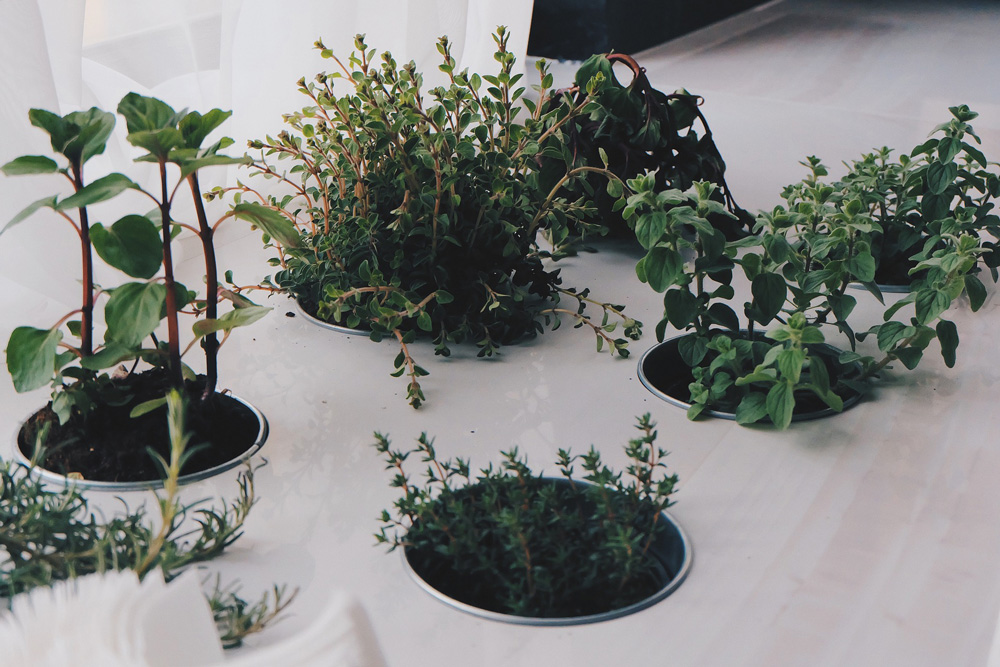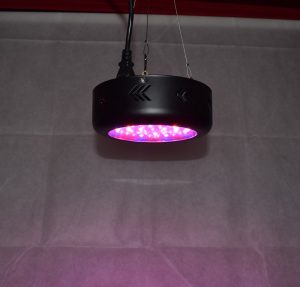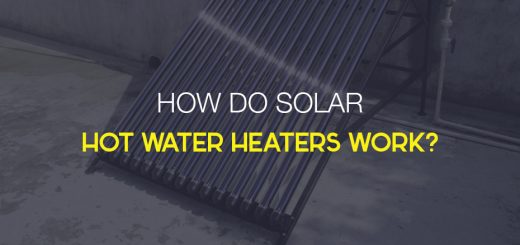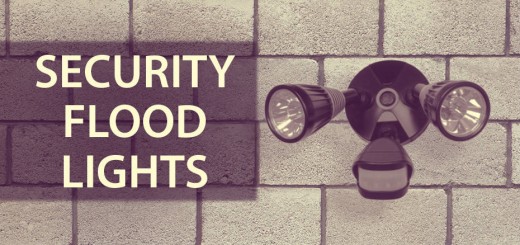Choosing the Right Light Bulb for Indoor Plant Growing
More and more people are discovering the nearly endless opportunities and benefits of growing their own plants. Be it different herbs, spices, veggies or flowers that you would like to grow – the purposes and varieties of options are numerous yet the core idea is more or less common: it is fun, useful and healthy hobby to undertake as you not only can produce your own organic food but also spend your time worthwhile. However, growing plants is not the easiest of tasks. It requires decent knowledge, appropriate space and conditions that would be good enough for your green offspring to grow tall and lush. While having an outdoor garden is still one of the most common environments where people are taking care of their plants, more and more opportunities have emerged thanks to indoor plant growing.
As you can already tell, indoor plant growing requires completely different circumstances since, while taken care of indoors, your plants receive a lot less of natural light. Nevertheless lighting manufacturers have some great solutions to offer in this sphere as well and now indoor plant growing is possible due to different light sources that can substitute sunlight and make it possible for your plants to germinate without being exposed to minimal natural light. The article will mainly focus on guiding you through various light bulb options and will explain you which light bulbs are most appropriate for particular points of the development while growing different plants.
What do you need for indoor plant growing?
If you know nothing much about growing plants indoors, then you should check out some additional information as the specifics vary according to numerous aspects such as the extent of plants you want to produce, the type of plants you are about to grow, the space available for these purposes etc. Nevertheless some main principles of indoor gardening can be identified. These principles state that every keen gardener should carefully consider:
- Seed varieties. This basically means your own personal aesthetic and taste preferences of what you would like to grow. The options here are unlimited and you can experiment with all sorts of herbs and veggies.
- Correct timing. Read the specifics of when is the best time for each herb and veggie variety to be planted. A lot of people make indoor gardens for their plants to germinate and then to be transferred to outdoor garden. Check how long is the germination period and which of the months are the best for growing.
- Space. Do you have enough space for many plants? Is there are separate table or shelf you can give up to this? If you do not have much space, windowsills will do as well plus the plants will increase the aesthetics of your room if placed in nice locations.
- Possibilities to water plants daily. At the beginning your plants will need to receive a lot of water. Make sure that you do not leave your indoor garden unattended for numerous days.
- Appropriate lighting. Actually, lighting is one of the most important factors that have to be ensured for plants to grow. If you want to increase the chance that every seed you have planted will really produce healthy seedlings, this is something worth of your money, time and effort and certainly should be paid attention to.
The explanation behind why indoor lighting is that crucial is very simple. Sunlight is the ideal balance of wavelengths that different plants require to grow and bloom but they react to artificial light as well. That is the main reason indoor lighting has evolved to be more efficient than ever. Providing necessary artificial lighting will assure higher chance of germination of seeds even if you do it inside where the plants do not access the necessary amount of sunlight.
Plants require:
- Blue wavelength light for foliage growth.
- Red wavelength light for flowering and fruiting.
- Plants do not need green wavelengths, so they reflect them back (that is why leaves appear green).
Also keep in mind that:
- You need to ensure appropriate distance. The light should be as close to the plant as possible but it cannot burn the leaves. Think about appropriate light fixtures.
- Every plant contains photoreceptors that absorb specific wave lengths of light. That is why the light you choose needs to have the same wavelengths as the sun. A regular light bulb simply won’t work in this case.
- Your light sources will need to be on for several hours per day. Majority of vegetables and other plants require around 14-16 hours of sunlight or artificial light. You can tell if your plant does not receive enough light if it has thin stems and small leaves plus the intensity of their color is quite low. Another aspect which is no less important is hormone called “florigen” which is responsible for controlling flowering and budding. Long day plants need around 14 to 18 hours of light to produce the necessary amount of florigen which will enable the plant to flower and reproduce. For short day plants the time is a bit shorter – around 10-13 hours of light.†
Light bulbs for indoor growing
- Compact fluorescent lights (CFL). Thus far, CFLs can be considered as one of the most economical and simple choices for growing houseplants. CFLs are cool enough to be put close to plant foliage. However if opting for this choice, keep in mind that generic fluorescent tubes and bulbs are usually produced higher in blue wavelengths, so you should look for “full-spectrum” type of bulbs or at least make a mix of “cool” and “warm” bulbs. If you are not really sure about which color temperature you should choose, picking “cool white” products will do fine, since white light includes the full spectrum of wavelengths. To obtain maximum effect, place your CFL bulbs approximately a foot away from plant foliage. Fluorescent lamps are especially beneficial for growing flowering plants.
- High Pressure Sodium (HPS) Bulbs. These bulbs produce a red-orange light that is great for flowering plus these lamps are quite economical. Nevertheless these lamps should be used in combinations with other types of lamps as it does not provide any blue spectrum light which is so crucial for leafy growth.
- Metal Halide (MH) bulbs. This type of bulb produces a blue-white color that will encourage leafy growth of your plants and will keep them compact. This is a very good choice to start your plants out with but once they reach the time of flowering, switch to another type of light source, for instance HPS bulbs.
-
LED lamps. Thus far it seems that LED lights have the most of advantages and its numerous qualities ascribe it a well-deserved title to be the best choice for indoor garden. The main advantages of LED lights used for indoor plant growing are:
- Energy efficiency;
- Increased lifetime;
- Targeted wavelengths;
- Flexible design;
- More light with less heat.
Basically LED lamps can be adjusted to produce appropriate spectrum light needed for each particular point of the development of majority of plants. LED grow lights have diode that not only generates almost no heat but also can be switched to match any color within the light spectrum, for instance LED lamps which are set more on red spectrum of light will stimulate flowering and vegetative growth but blue light will ensure stemming.





